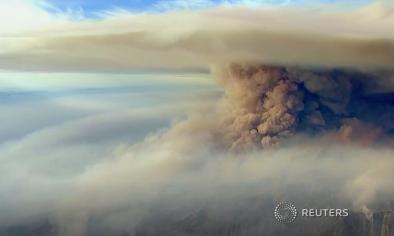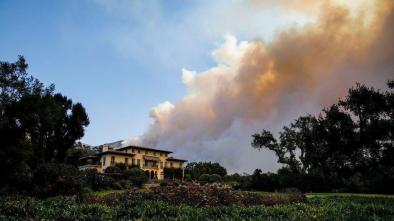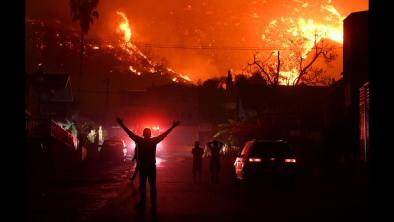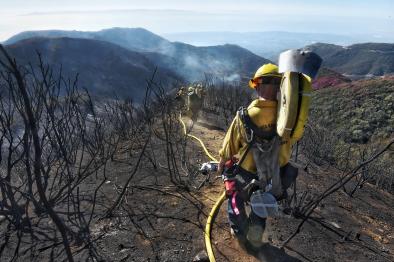L.A.'s increasingly hot and dry autumns result in 'these near-apocalyptic fires'
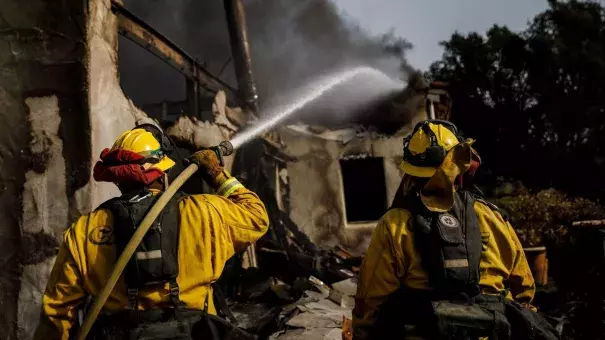
For weather experts, autumn in Southern California is "the great race."
The severity of the fall fire season is often determined by what arrives first — the fierce Santa Ana winds or the rains.
This year, however, it's been no contest. Autumn has seen excruciatingly little rain, intensely low humidity, record heat and powerful winds that sparked what is so far the second largest wildfire in modern California history.
"The result are these near-apocalyptic fires that we're seeing," climatologist Bill Patzert said.
Together, the weather conditions that fueled Southern California's December firestorms offer a window into a future that could include more destructive fires.
"There is some evidence that the autumn on average in Southern California is going to be drier as the climate warms," UCLA climate scientist Daniel Swain said.
Less rain in the autumn, along with hotter temperatures, increases the fire risk.
"Timing matters. If we had the early season rain, we wouldn't have had the fires we just had," Swain said.
On average, downtown L.A. gets more than an inch of rain in November and more than two in December. But this year, there was only a hundredth of an inch of rain in November and nothing at all in December until Wednesday night, when a weak storm system dropped one-hundredth of an inch of rain on downtown Los Angeles. In fact, there had been no substantial rainfall in downtown Los Angeles since February.
It's part of a larger weather trend for Southern California: Over the last seven years, maximum temperatures during the fall have gotten hotter and there has been less rain. This October and November were the hottest in 122 years of record keeping for the region.
Related Content
